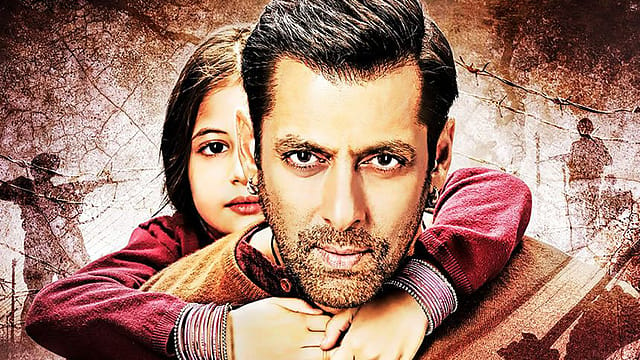China’s love affair with Indian films
ADVERTISEMENT

“The Chinese ‘dragon’ and the Indian ‘elephant’ must not fight each other, but dance with each other,” said Chinese Foreign Minister Wang Yi recently. Wang Yi said this in the context of the broader India-China relationship. While there is still a long way to go in trade, military and political relations between the two countries, on the silver screen India is winning Chinese hearts.
On March 2, one of Bollywood’s biggest stars, Salman Khan’s Bajrangi Bhaijaan was released during the annual Chinese Lantern Festival. In less than two weeks since then, the movie has already raked in over $25 million.
The movie’s success follows the phenomenal success of Aamir Khan-starrer Dangal, that earned over $169 million in China and became the highest grossing non-Hollywood film ever. The trend of Bollywood releases continued in 2018 with Secret Superstar, another Khan film, that opened on the top spot on the Chinese box office, beating Sony’s remake of Jumanji and 21st Century Fox’s Ferdinand.
To be sure, Indian movies have released in China in the past as well. Multi-million dollar grossing Bahubali tasted success in China and so did PK. As a business, the inflection point for production houses appears to have arrived.
In the last few years, China has emerged as an important avenue for Indian producers. Until recently, China wasn’t considered as a traditional foreign market for India films according to a recent report by the Federation of Indian Chambers of Commerce and Industry and EY India.
January 2026
Netflix, which has been in India for a decade, has successfully struck a balance between high-class premium content and pricing that attracts a range of customers. Find out how the U.S. streaming giant evolved in India, plus an exclusive interview with CEO Ted Sarandos. Also read about the Best Investments for 2026, and how rising growth and easing inflation will come in handy for finance minister Nirmala Sitharaman as she prepares Budget 2026.
Unlike the US, United Kingdom or the United Arab Emirates, where there is a significant number of non-resident Indians and people of sub-continental origin, the number of Indians and people of Indian origin living in China is significantly lower. According to the Pew Research Centre, in 2015, 3.5 million Indians lived in UAE, while almost 2 million live in the US. UK has close to 1.4 million Indians, according to the 2011 Census of the United Kingdom. In comparison, China had only 15,051 Indians as per the 2011 census figures from the National Bureau of Statistics of the People’s Republic of China.
But what China does have is the world’s largest cinema screen count with over 41,000 screens. The country is also one of the largest film markets in the world. The report, finds that China along with other overseas theatricals contributed to approximately 16% to the overall segments revenue in 2017, an increase of approximately 3 times from 2016.
“China has emerged as an important market and major box office earner for Indian films in recent years, what with the recent success of Dangal and we are delighted to partner with E Stars to showcase our film to China,” said Jyoti Deshpande, former Group CEO, Eros International, in a statement before Bajrangi Bhaijaan’s release in China.
Recognizing the significant market opportunity in China, Indian production houses are planning more releases. For example, Eros is planning a travel drama with the working title The Zookeeper with Bollywood director Kabir Khan, under its franchise studio Trinity. The movie will be shot in Hindi and Mandarin.
It was just last year that India and China were bickering over border disputes, which brought a chill in the relations of the two countries. Yet, Xi Jingping and millions of Chinese have expressed a love for Indian culture and cinema. For now, cinema is doing its part.
